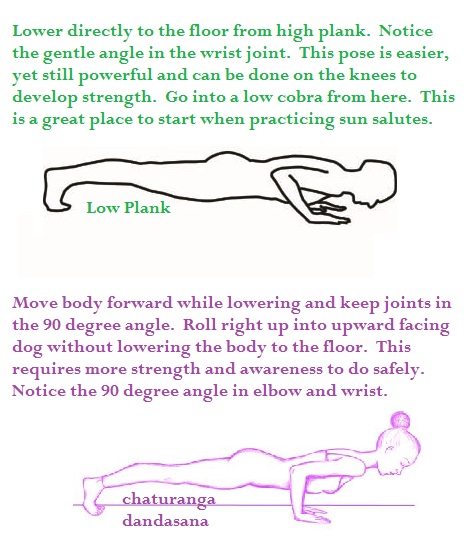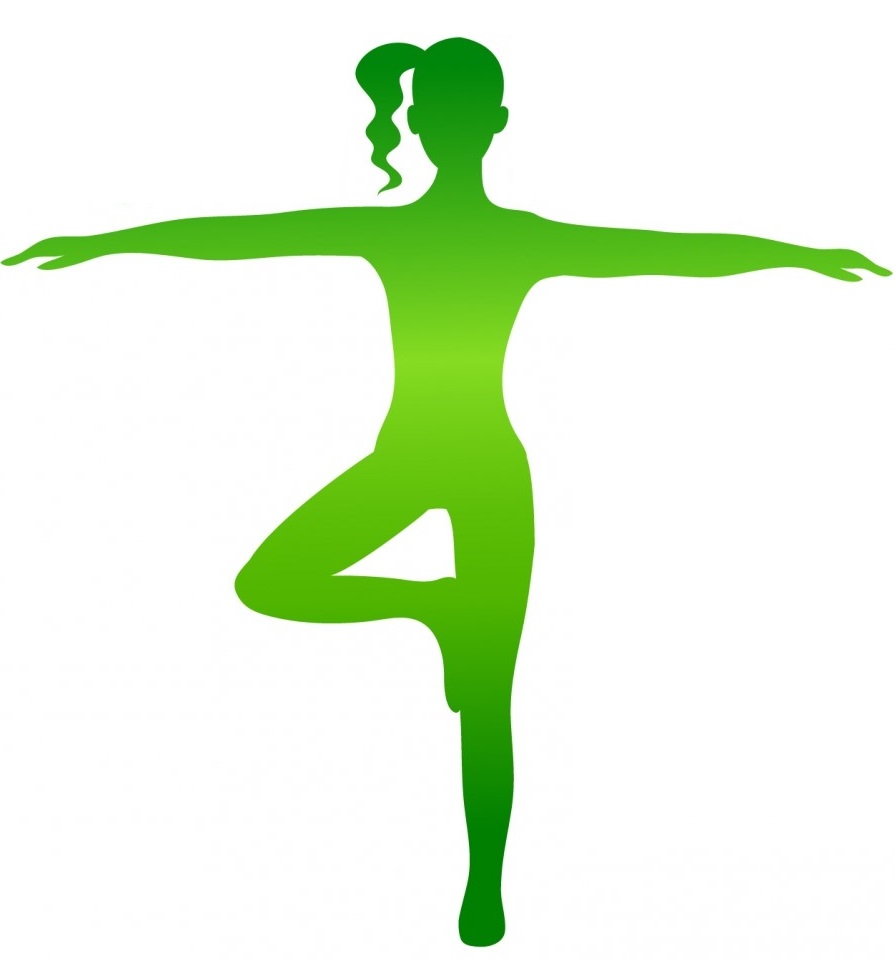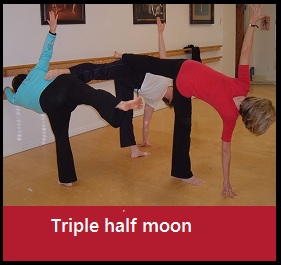Danda means staff or stick in Sanskrit. A staff has the meaning of support.
The musical staff supports and identifies the notes in a piece of music.
The staff in an office or school are the people that support the mission of the school or business.
The staff here in the gym are the teachers, the front desk and trainers. We support the clients in achieving their goals.
The staff used by a hiker supports him going up and down steep areas.
A staff is a tool used by a shepherd.
A staff can be a ceremonial tool to show who is the king, queen, emperor or pharaoh.
A staff is a weapon in many traditional hand to hand combat venues.
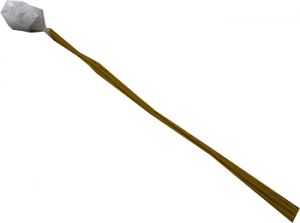
Dandasana, or staff pose in a yoga practice is about how the spine is stacked perfectly to support the yogi in a proper seated position.

Dandasana teaches us how to sit and ground with the sit bones and then teaches us the relationship between the pelvis and legs. It calls into action all sorts of support from core muscles to keep the proper alignment in this active seated pose.
Chaturanga Dandasana means four-limbed stick. The four limbs supporting the whole body on the floor are two arms and two feet.
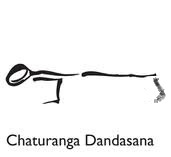
During the class time when we practice chaturanga dandasana, we will be making a clear distinction between chaturanga and low plank. We make this distinction because of the safety of wrist joint while moving through a sun salutation. A quick explanation of the distinction is this: use low plank from high plank and move into a low cobra, use chaturanga from high plank and move right into upward facing do without touching body onto the ground.
During another class featuring chaturanga, we will practice and learn about keeping the shoulders in proper alignment. Here is an article with some of those details outlined.

